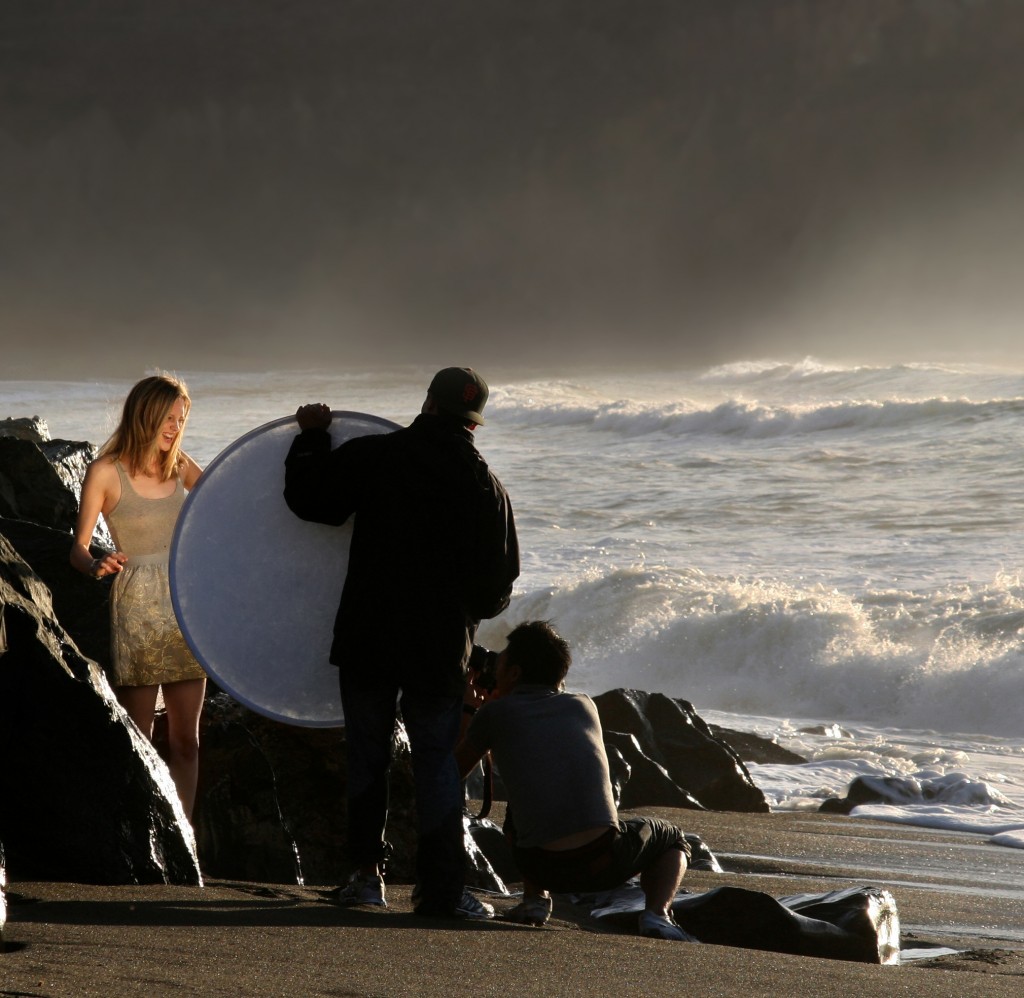A portrait shoot is one of the most wholesome experiences for a photographer. Both the photographer and the model enjoys it thoroughly. A perfect portrait image has so much to it than just a good shot. It weighs in on catching the raw emotion and expression of a person.
A photography school helps students to perfect portrait photography as every photographer will require to take up this form of photography more than once in their professional life.
If you’re shooting a meaningful portrait, you should pay attention to a few points that will this whole process quite easy and enjoyable. These lessons are imparted in photography classes that students adhere to strictly.
Where the Subject Stands
The intensity of light on the model should not be high. It creates too much glow which is undesirable. You should choose a relatively shady location for the model like a partially indoor one or anywhere where the light falls softly.
For evening shoots, provide just the right amount of artificial light to clearly highlight the intended features of the model.
In the frame, your model is the focal point. But managing the background also matters. The background should ideally be simple, with minimal distractions. The purpose of the shoot also influences the selection of background.
Shot’s Angle by Purpose
A shot’s lens angle is influenced by the purpose of the portrait. For common portraits the lens is positioned at eye level, which gives a clear view of the face and its features.
Other lens angles create perspectives that give specific impressions that are more apt in a commercial context. For example, a low angle shot shows the model in a superior gesture and a top angle shot presents the model in an amicable manner.
Lively Model, Lively Portrait
You should try to get as many genuine expressions as possible from the model. You should make them feel at ease with active interaction. Attaining the right rapport with you, they’ll begin to follow you easily. An interactive photoshoot gives lively results.
Let the focus be on the model’s eyes. Eyes are the most striking feature for the viewer. Ensure with each shot that there’s nothing like stray hair or sweat on the model that disturbs the image. Always have a plan ahead for the model’s attire for the shoot. Also have a make-up kit handy.
Get the Technique Right
You should get the technical aspects right for a good result. Learn these at a photography training course in detail. A few key points include the use of a wide aperture to get sharp pictures and using a wide angle lens. To overcome effects of motion involved, set fast shutter-speed to eliminate blurs from facial movements.
Also, ensure that the camera’s stability setting is on to avoid shaky pictures. For low-light shoots, set a higher ISO. When the image is cropped, ensure that enough space is left around the subject to ensure that necessary details are preserved.
You should take multiple images in different poses and choose the best ones later. Learning to take good photographs need dedication and patience. Invest well in practice and connect with your subjects well for best results.





